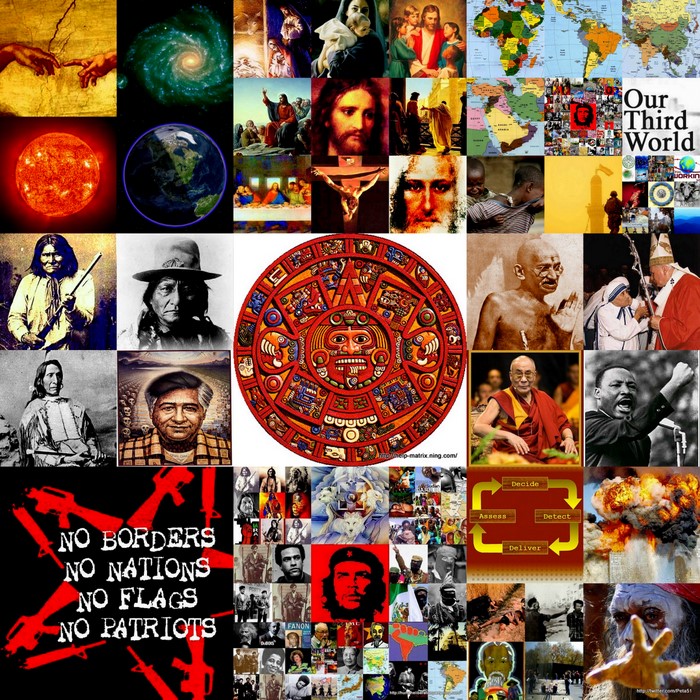Ruben Salazar

By Rosalio Munoz
Pioneering Latino journalist Ruben Salazar died at the hands of Los Angeles Sheriff’s as they broke up the August 29, 1970 Chicano Moratorium against the Vietnam War. Today, his story is an inspiration to the Latino community, and to all those seeking social justice.

That’s why we should celebrate his birthday, and not just remember his death.
In 2008 the United State Postal Service honored Salazar with his own stamp, a tribute to his unflinching commentary on a wide range of topics, not the least of which was the plight of Mexican Americans and the expansion of the Civil Rights Movement into those communities during the 1960s.
Yet Salazar is perhaps best known for his tragic death at the peak of his career, while serving as a syndicated columnist for the Los Angeles Times and the pioneering news editor of the nation’s largest Spanish speaking news station at the time, KMEX-TV.
Because the tragic circumstances surrounding his death too often overshadow his lifelong contributions, on March 3, a local group of veteran activists will gather at Plaza se La Raza in Lincoln Heights to celebrate Salazar’s birthday and accomplishments with a wide range of activities, exhibits and entertainment.
The goal of the event is to explore the world events — political, social and cultural — that influenced Salazar’s views on the Vietnam War and the Chicano Movement, which he would go on to write movingly and critically about in his columns, and discuss on the Spanish language airwaves.
While that might not seem unusual today, with the explosion of blogs and social media websites, during the 1960s and 70s it was unheard of, especially coming from a Mexican American journalist, few and far between in those days.

Ruben Salazar & RFK
Overcoming the Odds
Salazar was born in Juarez, Mexico but emigrated to the U.S. with his family when he was an infant. As an immigrant living in Texas during the Great Depression, he had much to overcome. He would later recall that it was common to see signs that read “No Dogs, Negroes, and Mexicans” on public establishments. Still, he enlisted in the Armed Forces and went to college on the GI Bill. He become the managing editor of his college newspaper and used his regular column to speak out against racism and McCarthyism.
An accomplished journalist, Salazar earned his credentials reporting from the trenches. He used his bilingual skill and knowledge of the barrio to do in depth reporting in El Paso, Texas, and later in California where he was hired by the Los Angeles Times, where he covered political, social and other news, with a special focus on major developments in the Mexican American community.
As The Times’ first Mexican American foreign correspondent, Salazar would report on the Vietnam War, Central America and the Olympics in Mexico City.
In 1969 The Times brought him back to Los Angeles, where he would cover the growing Chicano movement, fast becoming national news.
Salazar would go on to write about the changing attitudes, lives and activities of people living in Los Angeles’ barrios during those turbulent times. In 1970, as a Times columnist and Spanish language news editor, he advocated on behalf of the community and welcomed the Chicano movement.
To Salazar, journalism was more than just a career; it was a vehicle for democracy. He saw journalism as a way to influence public opinion and create change.
On the flipside, however, it meant he would constantly be under the critical eye of those interested in maintaining the status quo, and would have to learn how to subtly and gradually break down stereotypes in order to push the social justice movement forward.
He covered a wide variety of events and topics, which enabled him to find ways to get barrio realities recognized as news. That in turn helped the Mexican American community see itself as newsmakers, and history makers.
Ruben Salazar was becoming an activist journalist when his life was cut short, killed by a sheriff’s tear gas canister while covering the Chicano Moratorium on August 29, 1970. According to the coroner’s report he was wearing the demonstrations’ green, white and red button: “CHICANO MORATORIUM 8,000 Dead ¡YA BASTA! L.A. Aug. 29.” He was just 42 years old.
The March 3 event, which coincides with what would have been Salazar’s 84th birthday, will include an exhibition of photos, articles, art, documentary films and dramatic readings of some of his most important articles. A panel of leaders, educators and journalists will discuss his influence during a momentous time in the Chicano and civil rights movement. Students from college, high school and younger will be part of the program. The events — produced by the Chicano Movimiento Resource Center and Plaza de La Raza — are open to the public and free of charge, and start at 1p.m. in the Margo Albert Theater at Plaza de La Raza: 3540 N. Mission Road, LA, CA 90031. For more information, call (323) 229-1994
http://egpnews.com/2012/02/remembering-ruben-salazar%E2%80%99s-life-not-just-his-death/
 Print This Post
Print This Post February 23, 2012 Copyright © 2012 Eastern Group Publications, Inc.
Related Link~ http://en.wikipedia.org/wiki/Rub%C3%A9n_Salazar
+++++++++++++++++++++++++++++Related Link~ http://en.wikipedia.org/wiki/Rub%C3%A9n_Salazar
HELP-Matrix Humane-Liberation-Party Blog
http://help-matrix.blogspot.com/
Humane-Liberation-Party Portal
http://help-matrix.ning.com/
@Peta_de_Aztlan Blog
http://peta-de-aztlan.blogspot.com/
On Twitter @Peta_de_Aztlan
+++++++++++++++++++++++++++++


No comments:
Post a Comment
Please keep comments humane!